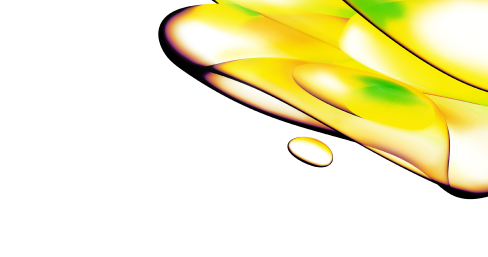Resource Center
Explore Resource Types
We have housed the technical documents (SDS, COAs, Manuals and more) in a dedicated section.
Explore all All Resources
Filters
Select resource types
Select products & services (1)
Select solutions
Active Filters (1)
Clear All
13 - 24 of 40 Results
Sort by:
Best Match
Utility of engineered human Neural Stem Cells (NSCs) expressing varying exon 1 HTT fragments to study Huntington’s disease
Huntington's disease is most commonly caused by an expansion mutation in the CAG trinucleotide repeat within exon 1 of the HTT gene which codes for the protein huntingtin.
Temporal tracking of an effective intervention in rodent liver fibrosis
Visualize, track, and quantify progression & regression of liver fibrosis using the Vega® non-invasive 3D ultrasound system.
Automated ultrasound for non-invasive in vivo evaluation of liver disease progression in mice
Case study evaluated automated ultrasound for non-invasive in vivo evaluation of liver disease progression in mice.
Ultrasound imaging provides noninvasive 3D views into vascular changes in response to cancer therapy
Ultrasound imaging using the Vega® automated system provides noninvasive 3D views into vascular changes in response to cancer therapy.
A novel mouse model using optical imaging to detect on-target, off-tumor CAR-T cell toxicity
A Novel Mouse Model Using IVIS® Optical Imaging to Detect On-Target, Off-Tumor CAR-T Cell Toxicity.
Genetically engineered PDX models as patient avatars in preclinical evaluation of acute leukemias
Identifying therapeutic targets using gene silencing techniques in PDX models
Imaging oncolytic virus infection in cancer cells
IVIS ® optical imaging to assess and quantify oncolytic viral infection in living tumors and the subsequent virus-host interactions in real-time.
The role of in vivo imaging in drug discovery and development
Preclinical in vivo imaging helps to ensure that smart choices are made by providing go/no-go decisions and de-risking drug candidates early on, significantly reducing time to the clinic and lowering costs all while maximizing biological understanding.
Evaluating a novel nanoparticle platform for controlled liraglutide release in a Type II diabetes mouse model
Optical imaging using the IVIS® Platform to evaluate a novel nanoparticle system for controlled liraglutide release in a diabetic mouse model.
Using IVIS optical imaging of CRISPR/Cas9 engineered adipose tissue to study obesity prevention
Assessment of brown fat activation of CRISPR engineered adipose tissue in a mouse model using Revvity's IVIS® optical imaging platform.
Improving engineered T cell efficacy for treating solid tumors through epigenetic modulation
Researchers used the Opera Phenix® HCS and IVIS® preclicinal imaging system to evaluate engineered T-cells through epigenetic modulation showing the potential of improving the cytotoxic effects on solid tumors.
Assessing nanomedicine delivery across the blood-brain barrier using pre-clinical in vivo imaging
Researchers discuss the rationalrationale behind utilizing various pre-clinical in vivo imaging techniques to explore the uptake of custom-designed nanomedicines at different stages of brain cancer.


Looking for technical documents?
Find the technical documents you need, ASAP, in our easy-to-search library.




























